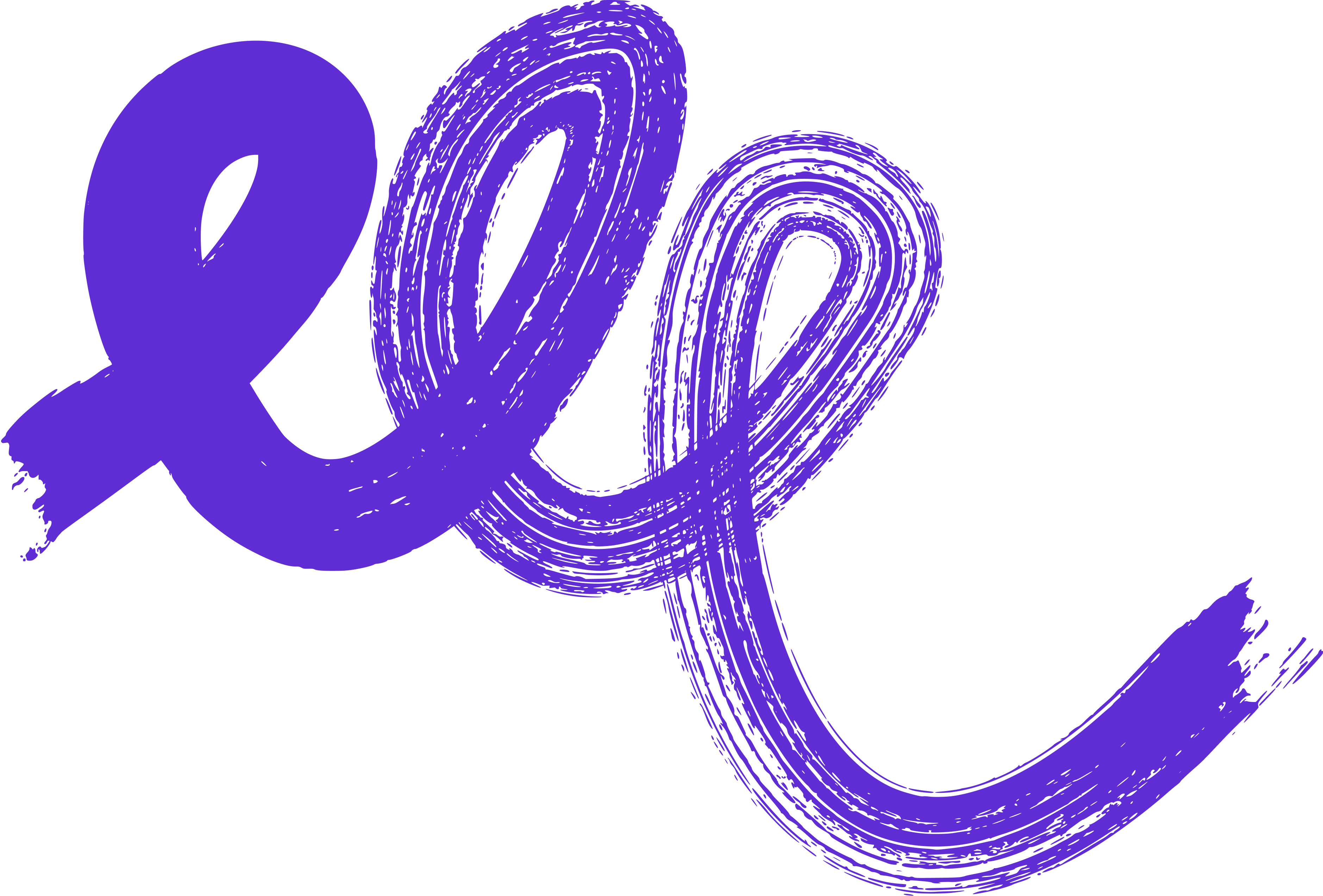🌍 All
About us
Digitalization
News
Startups
Development
Design
Understanding the Core Differences: Agile vs. Waterfall Testing Explained
Marek Pałys
Aug 06, 2024・5 min read
Table of Content
Introduction to Testing Methodologies
Agile Testing Unpacked
Waterfall Testing Explored
Comparing Agile and Waterfall
Choosing the Right Approach
The world of software development often revolves around two prominent methodologies: Agile and Waterfall. These approaches are fundamentally different in their process and philosophy, particularly when it comes to testing. Agile testing is integrated throughout the development lifecycle, emphasising flexibility and continuous feedback. In contrast, Waterfall testing adopts a more linear and sequential approach, where testing is conducted after all development phases are completed. Understanding these core and key differences between agile and waterfall testing is essential for anyone involved in software development, as it can influence project outcomes, team dynamics, and overall efficiency. In this piece, we will delve into the distinctive characteristics of Agile and Waterfall testing, shedding light on their unique advantages and potential drawbacks.
Introduction to Testing Methodologies
The Importance of Testing
Testing plays a crucial role in software development, ensuring that the final product is both functional and reliable. It helps identify bugs and defects early in the process, which can save time and resources in the long run. By catching issues before the software reaches the end user, testing enhances the overall quality and performance of the application. Additionally, it provides assurance to stakeholders that the product meets the specified requirements and functions as intended. This is vital not only for customer satisfaction but also for maintaining the credibility and reputation of the development team. With thorough testing, potential risks and vulnerabilities can be mitigated, safeguarding the software against future problems. Thus, whether in Agile or Waterfall methodologies, understanding the importance of testing is fundamental to successful and agile software development too.
Overview of Agile and Waterfall
Agile and Waterfall represent two distinct approaches to software development, each with its unique process and philosophy. Agile is an agile methodology known for its iterative and incremental nature, promoting flexibility and adaptability throughout the project lifecycle. In Agile, testing is continuous and occurs concurrently with development, allowing for immediate feedback and quick adjustments. This approach fosters collaboration among team members and close interaction with stakeholders, ensuring that the product evolves to meet user needs.
In contrast, Waterfall follows a linear and sequential model, where each phase of development must be completed before moving to the next. Testing in Waterfall takes place after the development phase, serving as a separate and final stage before deployment. This project management methodologies is often preferred for projects with well-defined requirements and clear objectives, as it provides a structured framework and predictable timelines. Understanding these two methodologies is essential for selecting the best approach for a given project, considering factors like team dynamics and project goals.
Agile Testing Unpacked
Key Features of Agile
Agile testing is characterized by its flexibility and adaptability, allowing teams to respond swiftly to changes and user feedback. One of its key features is continuous integration, where code is frequently tested and integrated, reducing the risk of major issues later in the development cycle. This iterative development process means that testing occurs throughout the project, not just at the end, ensuring ongoing quality assurance.
Another hallmark of Agile is its emphasis on collaboration. Teams work closely with stakeholders, often involving them in the testing process to align the product with user expectations. This collaboration fosters a shared understanding of project goals and requirements, leading to more effective and efficient testing.
Furthermore, Agile testing encourages a culture of transparency and communication, where customer involvement and feedback is actively sought and used to guide development decisions. These features make Agile an attractive option for projects that require a high degree of flexibility and client interaction.
Benefits of Agile Testing
Agile testing offers several advantages that make it a popular choice in dynamic development environments. One of its primary benefits is the ability to detect and resolve issues early, which reduces the cost and time associated with fixing defects later in the project. By integrating testing throughout the development process, Agile allows teams to maintain high-quality standards consistently.
Additionally, Agile testing facilitates rapid adaptation to changing requirements. As stakeholder needs and market conditions evolve, Agile teams can pivot quickly, incorporating new insights without significant disruption. This flexibility ensures that the final product aligns closely with user expectations and business objectives.
Moreover, Agile testing promotes a collaborative atmosphere among team members and stakeholders working software together. Regular feedback loops and open communication channels enhance understanding and collective problem-solving, resulting in a more cohesive development process. These benefits collectively contribute to delivering more reliable and user-focused software solutions, making Agile testing an invaluable approach in today's fast-paced development landscape.
Common Agile Testing Practices
Agile testing encompasses a variety of practices aimed at enhancing the flexibility and efficiency of the development process. One common practice is Test-Driven Development (TDD), where tests are written before the actual code. This approach encourages developers to focus on the desired outcomes and functionality from the outset, resulting in cleaner and more reliable code.
Another prevalent practice is Behaviour-Driven Development (BDD), which involves creating simple scenarios based on expected behaviour written in plain language. This helps bridge the communication gap between technical and non-technical team members, ensuring a shared understanding of the requirements.
Exploratory testing is also widely used in Agile environments. Unlike scripted testing, exploratory testing involves testers actively exploring the application to uncover defects and areas for improvement. This approach leverages testers' creativity and intuition, allowing for more thorough evaluation of the software.
By integrating these practices, Agile teams can maintain a high level of quality assurance while remaining adaptable to evolving and agile project management needs.
Waterfall Testing Explored
Main Characteristics of Waterfall
The Waterfall model is a waterfall methodology distinguished by its linear and sequential approach to software development. Each phase—requirements, design, implementation, testing, deployment, and maintenance—must be completed before the next begins. This structured methodology provides a clear and predictable framework, making it well-suited for projects with well-defined requirements and scope.
One of the main characteristics of Waterfall is its emphasis on comprehensive documentation. Detailed specifications and plans are created upfront, guiding the development process and reducing ambiguity. This can be particularly beneficial in regulated industries where adherence to standards is crucial.
Another characteristic is the focus on thorough testing as a distinct phase after development. This ensures that all components are evaluated together, providing a holistic view of the software’s performance before release. However, the rigidity of Waterfall can pose challenges for agile projects if changes are needed, as revisiting previous stages can be time-consuming and costly. Despite this, Waterfall remains a viable option for projects with stable requirements.
Advantages of Waterfall Testing
Waterfall testing offers several notable advantages, particularly for projects where requirements are unlikely to change. One of its primary strengths is the clarity and structure it provides. By following a linear path, every stage of the project is clearly defined, making it easier to manage and track progress. This predictability is beneficial for planning and resource allocation, allowing project managers to set realistic timelines and budgets.
The emphasis on documentation in Waterfall is another advantage. Detailed records of each project phase ensure that all team members have a clear understanding of the project's objectives and deliverables. This can improve communication and alignment, reducing the risk of misunderstandings.
Moreover, the distinct testing phase in Waterfall allows for comprehensive evaluation of the entire system before deployment. This can lead to a more robust and stable product, as it provides an opportunity to identify and rectify any issues in a controlled environment before reaching the end users.
Typical Waterfall Testing Techniques
Waterfall testing employs several techniques to ensure that software meets the necessary requirements and quality standards before deployment. One common technique in waterfall method is system testing, where the entire application is tested as a complete system to verify that it functions as intended. This holistic approach helps identify integration issues and ensures that all components work seamlessly together.
Another technique used is regression testing. This involves re-running previously completed tests to confirm that recent changes or additions have not adversely affected existing functionality. Regression testing is crucial in maintaining the stability of the software as it evolves.
Acceptance testing is also a key component of Waterfall testing. Conducted after system testing, it determines whether the software meets the business needs and requirements set out during the planning phase. This step is critical for gaining stakeholder approval before the final release.
These techniques collectively contribute to the thorough evaluation of the software, ensuring it is reliable and ready for deployment.
Comparing Agile and Waterfall
Flexibility vs. Structure
The choice between Agile and Waterfall often hinges on the need for flexibility versus structure in a project. Agile is celebrated for its adaptability, allowing teams to respond swiftly to changes and incorporate feedback throughout the development process. This flexibility is ideal for projects where requirements are expected to evolve or are not fully defined at the outset. Agile’s flexible and iterative approach by nature supports continuous improvement and innovation, making it well-suited for dynamic environments.
Conversely, Waterfall is characterised by its structured approach, providing a clear, linear path from start to finish. This structure is beneficial for projects with stable, well-defined requirements, where predictability, risk management and meticulous planning are paramount. The sequential phases in Waterfall ensure that each stage is completed before moving on, reducing the risk of scope creep and helping to maintain a consistent focus.
Ultimately, the decision between Agile and Waterfall should consider the specific needs and constraints of the project, balancing the desire for adaptability with the need for order and clarity.
Speed and Efficiency
Agile and Waterfall each offer distinct approaches to speed and efficiency in software development. Agile is designed for rapid delivery, with its iterative cycles enabling faster releases and ongoing improvements. This approach allows teams to deploy functional components quickly and gather immediate user feedback, facilitating timely adjustments and enhancements. Agile’s emphasis on collaboration and communication further streamlines the development process, as issues can be addressed promptly within the team.
On the other hand, Waterfall prioritises efficiency through its structured and methodical progression waterfall projects. Each stage is thoroughly planned and executed, reducing the likelihood of unexpected changes or rework. While this can initially slow down the process, it often results in a more polished end product. The clear documentation and defined processes in Waterfall contribute to efficient project management, particularly for large-scale projects where consistency is essential.
Overall, the choice between Agile and Waterfall for speed and efficiency should reflect the project’s complexity, timeline, and flexibility requirements.
Team Dynamics and Collaboration
Agile and Waterfall methodologies foster different team dynamics and levels of collaboration. Agile thrives on close-knit, cross-functional teams that work together throughout the project lifecycle. This approach encourages continuous communication and collaboration, with team members often co-located to facilitate regular interaction and quick decision-making. Agile’s emphasis on daily stand-ups, sprint reviews, and retrospectives enhances team cohesion and ensures that everyone is aligned with the project goals.
In contrast, Waterfall often involves a more hierarchical structure, where teams work through distinct phases in a more siloed manner. Communication tends to follow formal channels, with significant interaction occurring at predefined milestones rather than daily. This can lead to less adaptability in the face of changing requirements but provides a clear chain of command and responsibility.
Ultimately, Agile’s collaborative environment can foster innovation and adaptability, while Waterfall’s structured approach can provide clarity and accountability. The choice between them should consider the team’s working style and the project’s collaborative needs.
Choosing the Right Approach
Factors to Consider
Selecting between Agile and Waterfall requires careful consideration of several factors that can influence the success of a project. Firstly, assess the project requirements and stability. Projects with well-defined, unchanging requirements may benefit from Waterfall’s structured approach, while complex projects, with evolving needs might suit Agile’s flexibility better.
Consider the timeline and budget constraints. Agile’s iterative cycles can accommodate changes without significant disruption, which is ideal for projects with tighter timelines or budgets that need frequent adjustments. Conversely, Waterfall’s detailed planning phase helps in establishing clear timelines and cost estimates upfront, offering greater predictability.
Team composition and expertise also play a crucial role. Agile thrives in environments with experienced, self-organising teams comfortable with rapid iteration and collaboration. In contrast, Waterfall may be more suitable for teams that prefer a linear, phased approach with clear documentation.
Finally, stakeholder involvement should be evaluated. Agile benefits from continuous stakeholder engagement, while Waterfall is often more suited to projects where stakeholder input is limited to key milestones.
Use Cases for Agile
Agile is an agile methodologies is particularly well-suited for projects that require adaptability and frequent iterations. It excels in environments where requirements are likely to change or are not entirely clear from the outset. For example, software development projects in fast-paced industries such as technology startups or digital marketing agencies often benefit from Agile's flexible approach.
Agile is also ideal for projects that prioritise user feedback and continuous improvement. By involving stakeholders throughout the development process, Agile teams can incorporate real-time customer feedback, ensuring the product evolves in line with user expectations. This makes Agile a strong choice for customer-facing applications where user experience is a critical factor.
Additionally, Agile is beneficial in scenarios where rapid delivery is essential. Its iterative cycles enable faster releases, allowing companies to bring products to market more quickly and maintain a competitive edge.
Ultimately, Agile is best applied in dynamic settings where collaboration, innovation, and the ability to pivot quickly are key to success.
When to Opt for Waterfall
Waterfall is often the preferred choice for projects with a fixed scope, well-defined requirements and a clear scope from the outset. It is particularly suited for large-scale projects in industries like construction, manufacturing, or government, where changes can be costly and time-consuming. The structured, linear nature of Waterfall provides a predictable framework that helps maintain control over the project timeline and budget.
In regulated environments, where comprehensive documentation and adherence to standards are crucial, Waterfall’s emphasis on detailed planning and documentation can ensure compliance and accountability. This makes it an excellent choice for projects that require rigorous validation and verification processes, such as those in the healthcare or aerospace sectors.
Waterfall is also beneficial when working with teams that prefer a clear hierarchy and predefined roles, where each phase of the project can be completed independently before progressing to the next. This can help maintain clarity and focus, reducing the risk of project scope creep and unexpected changes.

 Don't miss a beat - subscribe to our newsletter
Don't miss a beat - subscribe to our newsletterYou may also  like...
like...

Mastering Declarative Programming: Essential Practices for Every Developer
Discover declarative programming essentials. This guide covers principles, tools, and best practices to simplify coding, enhance readability, and improve scalability.
Marek Pałys
Apr 16, 2024・11 min read

Understanding Event-Driven Programming: A Simple Guide for Everyone
Explore the essentials of event-driven programming. Learn how this responsive paradigm powers interactive applications with real-world examples and key concepts.
Marek Pałys
Apr 30, 2024・9 min read

Demystifying Procedural Programming: Simple Examples for All
Explore procedural programming with easy-to-follow examples and insights into its core principles. Learn how this step-by-step approach forms the basis of many programming paradigms.
Marek Pałys
Jul 05, 2024・10 min read
